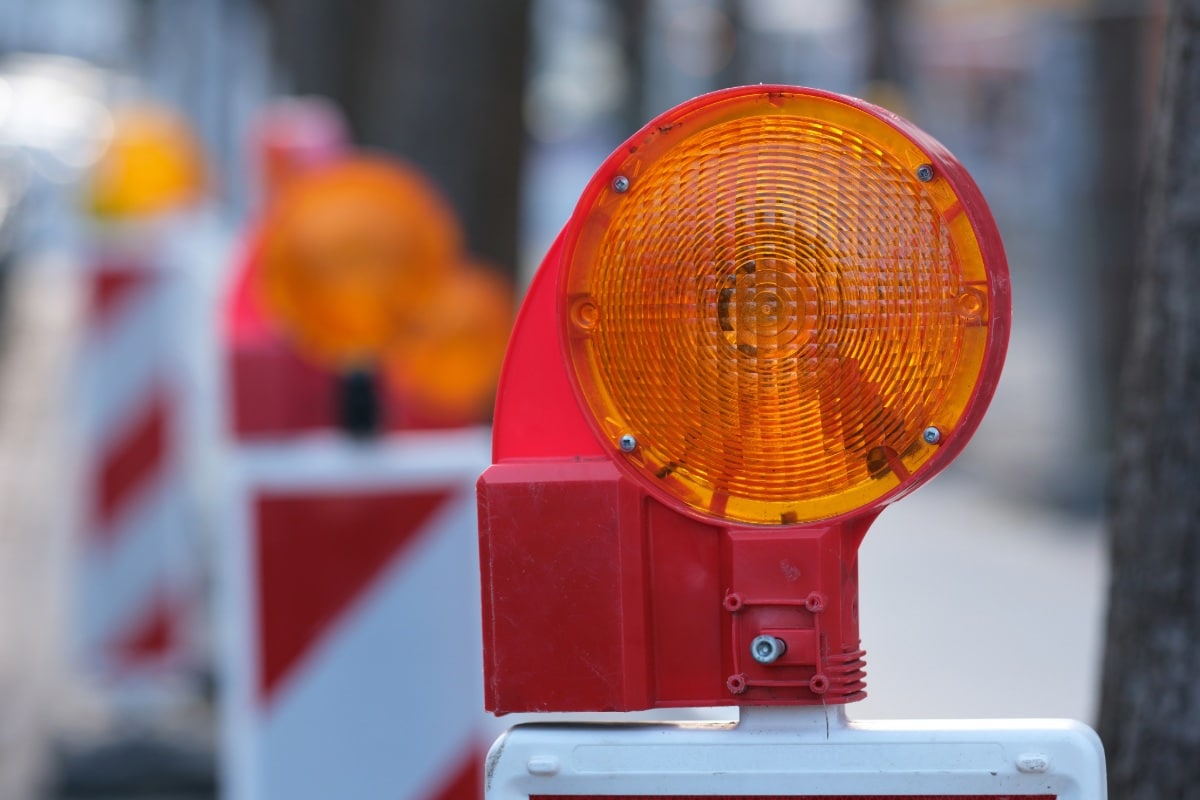Raising Skin Cancer Awareness in the Construction Industry

Let me tell you — from someone who knows firsthand — melanoma cancer is something you want to avoid at all costs.
Did you know 1 in 40 Americans will be diagnosed with melanoma cancer this year? Those numbers increase if you are working in construction. I know in the field we tend to focus on our exposure to more immediate hazards, and we often ignore the risk of skin cancer as a work-related illness. In fact, every hour of every day, someone will die from the disease. Wearing sun protection could save your life. Australia understands this — if you were working in the field in Australia, it would be mandatory to wear sun protection.
Construction employees, for the most part, are outdoor workers who are exposed to UV radiation both directly from the sun and indirectly as reflected from surrounding surfaces. Your workers are, therefore, potentially exposed to a great deal of UV radiation from the sun, even when working in the shade or under overhead protection. Workers should continue to wear sun protection (protective clothing and sunscreen) in the shade for maximum protection.
Melanoma does not discriminate by age, race or gender, and it is one cancer you can prevent. We see a majority of the people diagnosed with melanoma are white men over the age of 50. When I have given my skin cancer training presentation to contractors, on average, 1 out of 20 will stand up and say they have been affected by melanoma cancer.

How Do You Protect Yourself?
The most effective way of reducing UV exposure is to use a combination of protection methods:
- Reorganizing work to avoid the UV peak of the day
- Providing natural or artificial shade
- Providing appropriate protective clothing
- Applying sunscreen
Reorganizing Work
If it is possible, avoid workers being outside in the middle of the day for long periods. Understandably, when the heat of the day is between 10 a.m. and 4 p.m. and your primary job is working outside, this is not possible. But there is a solution: shade and protective clothing.
Using Shade
In your case, you may be working near reflective surfaces with no natural shade. You can have a physical barrier to UV radiation by erecting temporary shade structures, such as:
- Awnings: generally made from closely woven fabric and that have a rating of UPF 50+.
- Umbrellas: provide strong protection due to dense weave and may be plastic coated (plastic is a strong absorber of UV radiation). Most material would be UPF 50+.
- Structures Using Roofing Materials: clear plastic or tinted plastic roofing materials that are UPF 50+. Structures using shade cloth likely have UPF ratings that may be low to moderate.
Protective Clothing
The levels of UV protection provided by clothing increases with the density of the fabric’s weave, and darker colors absorb more UV radiation than lighter color of the same fabric. Refer to the UPF rating, which should be on the label, and choose clothing with the highest rating. Close weave fabric with a UPF of 30+ or greater. Ideally sun protection clothing should consist of long sleeve shirts with a collar and long trouser pants.
Hats
If hardhats are mandatory, various sun protection accessories are available for attaching to helmets, such as broad brims or Legionnaire covers with peak and flap at the back and sides. Otherwise, a hat with a broad brim (8 to 10 cm) made of canvas will help protect the face, ears, neck and eyes. Legionnaire style caps also provide excellent UV protection.
Sunglasses
Eyes are also susceptible to sun damage and need protection. Choose closefitting, wraparound style sunglasses or sunglasses with side shields. Refer to the label and select sunglasses offering “UV protection.” For tasks where safety glasses are required, either tinted or clear safety glasses would provide adequate sun protection.
Sunscreen
Never rely on sunscreen alone to protect against UV exposure. Sunscreen is not a “blockout” and it is still possible for some UV radiation to get through to cause skin damage. Workers should not forget to apply protection to lips using either SPF 30+ lip balm or zinc cream. People with a natural suntan also need to apply sunscreen. A tan does not provide any significant protection from UV exposure. Here’s how it works: If it takes 20 minutes for your unprotected skin to start turning red, using an SPF 15 sunscreen theoretically prevents reddening 15 times longer — about five hours. You need to reapply!
It is important that employers train employees to raise awareness of the risks associated with exposure to UV and the sun protection measures required. It is also important to ensure that employees adopt sun protection measures. Early detection is key to survival and a poster with skin cancer screening guidelines should be in your trailer.
Remember, melanoma is not just skin cancer. It can develop anywhere on the body — in your eyes, on your scalp, nails, feet and mouth. Mine developed in my lungs. You are probably wondering what to look for on your skin. Knowing the ABCs of melanoma is helpful and smart:
- Asymmetrical
- Border
- Color
- Diameter
- Elevation
I know this seems like a lot of information considering all the hazards associated with a jobsite, but this is a real hazard we are exposing ourselves to every day, that can kill any one of us.
There are organizations that have developed skin cancer awareness programs that focus on incidence, causes and risk factors as well as detection, prevention and treatment. Now is a good time to ensure that utility construction workers have the necessary information, knowledge and sun protection control measures needed to prevent them from getting skin cancer.
- Melanoma Research Foundation
- The Skin Cancer Foundation
- Center for Disease Control and Prevention
- Laborers’ Health and Safety Fund of North America
- My website, Fighting Melanoma
- On Facebook, “Like” Fighting Melanoma
- On Twitter, “Follow” Fighting Melanaoma
Melanoma is one of the fastest growing cancers in the United States and worldwide. Remember me when you are trying to run through the facts for your crew on sun protection. Take a few minutes to apply your SPF and wear sun protective clothing when you are out in the field. These things are just as important as wearing a hardhat as part of your daily protection — it, too, could save your life.
Most Common Forms of Skin Cancer
- Basal cell carcinoma — the least serious form of skin cancer. Appears as a red lump or scaly area. Usually found on the head, neck and upper body.
- Squamous cell carcinoma — appears as a thick, scaly red spot that may bleed, crust or ulcerate. Occurs on most exposed areas of the body. Can spread to other parts of the body.
- Melanoma — appears anywhere on the body as a flat spot with a mix of color and an uneven, smudgy outline. Changes color, size or shape. Can spread to other parts of the body.
- Nodular melanoma — raised, firm and dome shaped pimple-sized melanoma that is red, pink, brown or black. Develops quickly and spreads to other parts of the body.
- Ocular melanoma — also known as uveal melanoma is a rare form of melanoma that occurs in the eye.
- Acral melanoma — only accounts for about 5 percent of all diagnosed melanomas, but it makes up about 50 percent of diagnosed melanomas in Asians and individuals with dark skin. These melanomas usually appear on the palms of the hands, the soles of the feet or underneath the fingernails and toenails.
Cheryl Stratos is marketing and sales director at NUCA. To listen to her webinar, “Skin Cancer Awareness for Construction,” go to www.nuca.com.
Find more safety articles here. Tags: July/August 2017 Print Issue, NUCA




